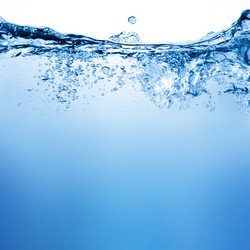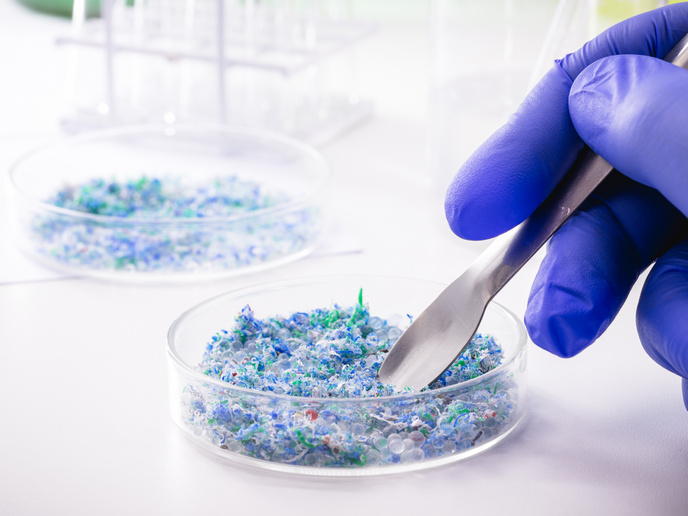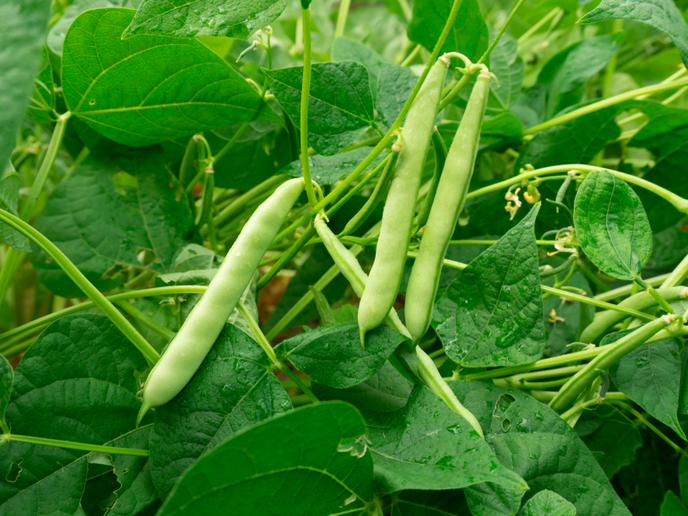The amorphous polymorphism of water
Water is the only substance that can be found in nature in the solid, liquid and gas phases. In particular, in the solid phase, it exists in a wide variety of crystalline forms and glassy states, called amorphous ices. The number of different acronyms used for describing them is representative of the many routes by which they can be prepared. How many different amorphous ices are there? This still open question related to distinguishing, defining and identifying water glassy states was addressed by the EU-funded project SULIWA (Deeply supercooled liquid water). In the five years of the study, scientists could only scratch the surface of low-temperature phases of water. In doing so, however, the SULIWA team discovered a new high-density liquid form of water at temperatures above – 157 °C. This is the lowest temperature at which liquid water has ever been observed. In addition, scientists found that at a temperature of about – 130 °C, this liquid may co-exist with a different, low-density liquid phase of water. Scientists explored possible reactions that can take place at such low temperatures, like the inclusion of a guest molecule in an ice lattice and the protonation reaction. None of these reactions was too slow. The observation of such liquid polymorphism is expected to hold the key to questions like why the water behaviour is so different and why ice floats on liquid water. Ice is not only found at temperatures below – 100 °C but also in Earth's atmosphere at temperatures up to 0 °C. In SULIWA, the process of freezing liquid water droplets was investigated with surprising results. Depending on their size, after the droplets froze, a liquid layer covered the frozen core. This second layer froze or become a glassy layer upon further cooling. SULIWA findings will contribute to a better understanding of the microphysics of clouds and to improvements of Earth climate models. Specifically, the albedo of clouds is different when crystalline ice, glassy water or liquid solutions cover the surface of particles. And so, new arguments have been put forth in the long-lasting debate over the numerous peculiarities of water.







